European cities are known for their excellent public transportation and London is no exception. When you’re trying to get around the city to visit museums, go shopping or see the sights, either with your family or by yourself, using the London Underground is the way to go.
We know that taking public transport in another country can feel a bit overwhelming at first, but don’t worry. We’ve put together this useful guide to help you navigate the London Underground, so you can venture around the city like a local.
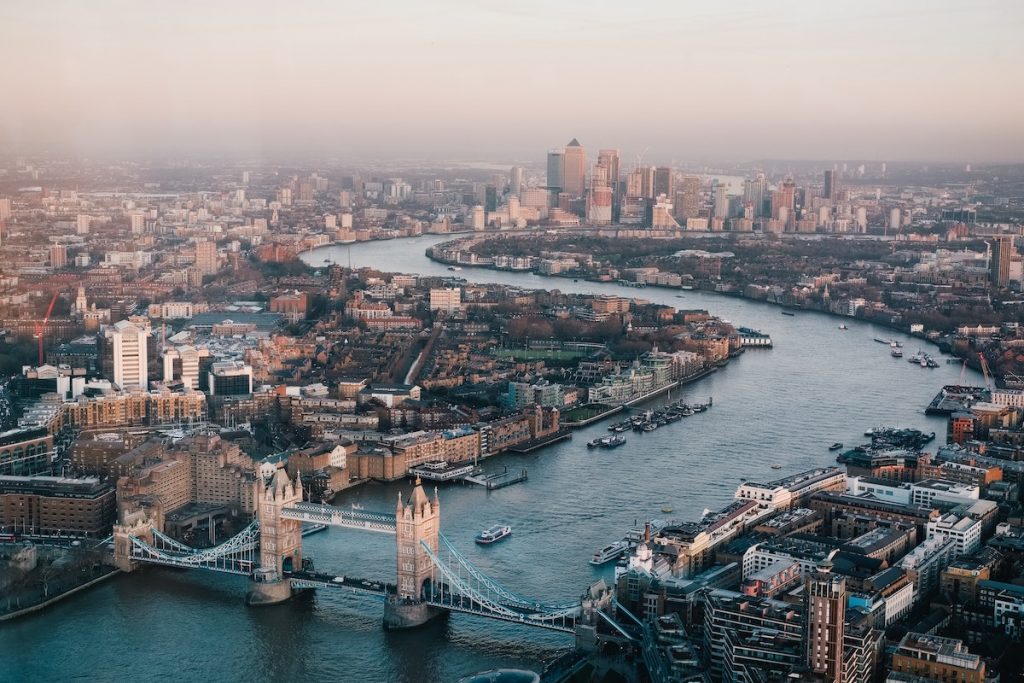
Here’s everything you need to know about using the London Underground, so you can make it to your destination stress-free.
The world’s first underground system
The year 1863 was a very busy and historic year. It marked the third year of the American Civil War. That same year, Charles Dickens founded the Arts Club in Mayfair, London. In addition, the International Red Cross was formed in Geneva. Linoleum was invented and patented in the United Kingdom, and Archduke Franz Ferdinand was born in Austria.
But, in London, something incredibly historic took place that year too: on January 10th, the very first underground train made its maiden journey, from Paddington to Farringdon Street station. The London Underground was born, marking the start of the world’s first underground transportation system.
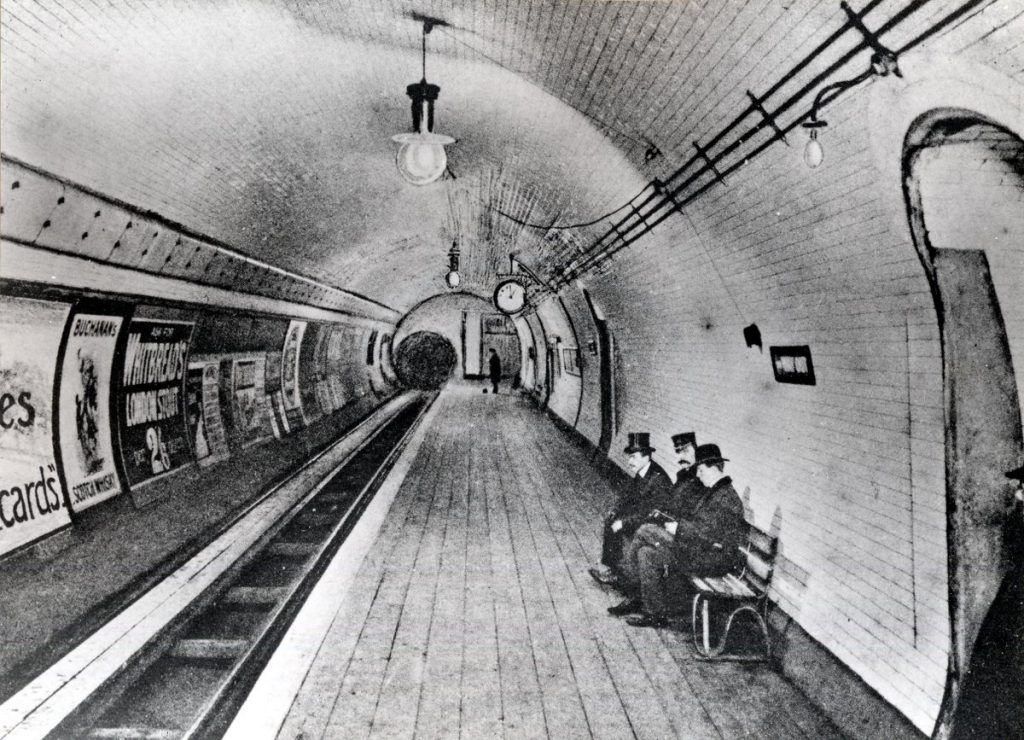
Facts about the London Underground
Here are a few facts about the London Underground of the 21st century:
- There are 11 lines, covering 250 miles (or 400 kilometers) of track.
- On a busy day, the network can handle up to 5 million journeys across all its 272 stations.
- In 2023/24 the Tube carried 1.181 billion passenger journeys.
- The newest line is the Elizabeth, named after Queen Elizabeth II, and inaugurated in May 2022.
- It has been colloquially known as “The Tube” since the early 1900´s, because of the shape of its deep-level tunnels, which were built using circular tunneling shields that created long, cylindrical passages, or tubes, through London’s clay.
- Despite its name, more than half of the “Underground” network is actually above ground — roughly 55% of its length lies on surface routes.
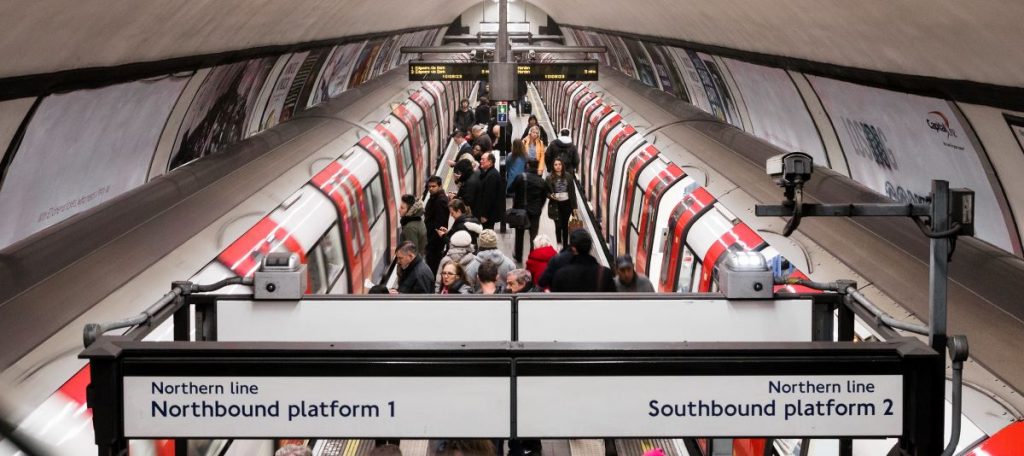
- The longest escalator in the system is at Angel station, spanning about 60 meters (197 feet), while Hampstead station is the deepest station, roughly 58.5 m below ground.
- There’s a fake house façade at Leinster Gardens that masks empty tunnels behind it — when the District Line was laid, two terrace houses were demolished, so the frontage was rebuilt to match the row, hiding the tube tunnels.
- Mark Wallinger’s “Labyrinth” artwork decorates every station in the Tube (now 272 of them). In 2013, he created a unique labyrinth motif for each station as part of the Underground’s 150th anniversary.
Traveler’s tip: Only have a short time to explore London? It’s a big city with lots to see, but if you have limited time, check out our guide on what to do when you only have 24 hours in London.
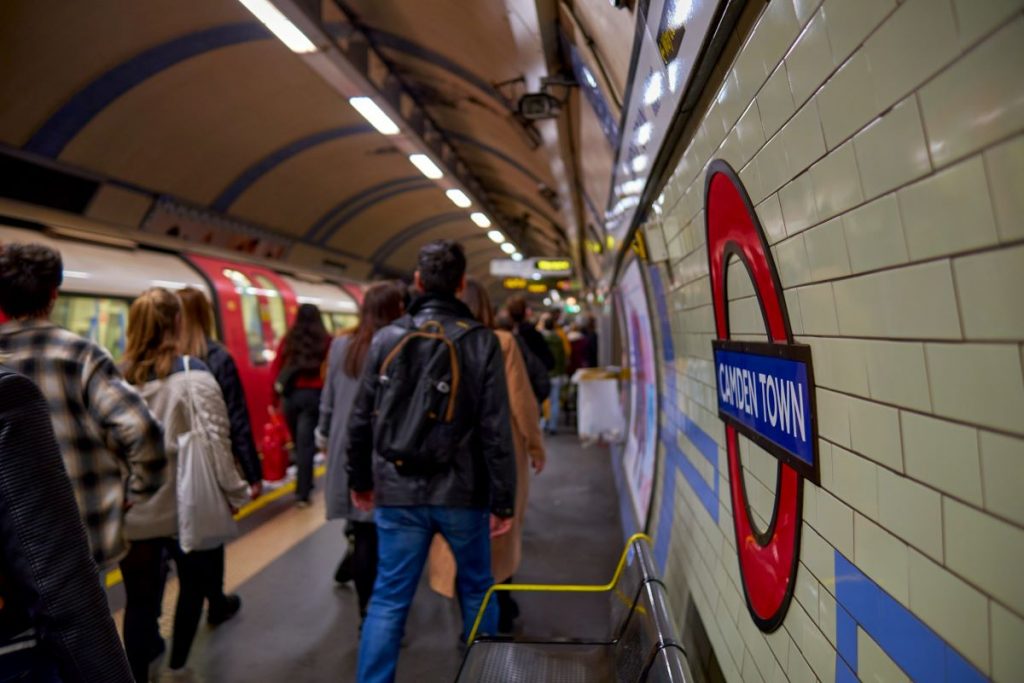
How do you pay to use the London Underground?
If you’ve never been on a subway, in general, and the London Underground, in particular, have no fear. At first, it may be intimidating and confusing about how to buy a ticket and which line or lines you need to take to get to your destination, but after a ride or two, you’ll do everything as smoothly as a local.
Single tickets
The London Underground still issues single-ride paper tickets, but they’re pricey and best avoided. You’ll have to queue at a machine to buy one and feed it through the gate each time — hardly ideal when locals are gliding past with a tap of their card.
Oyster card
Instead, go Oyster! You can buy an Oyster Card at any Tube station and load it with credit (“top it up”) as needed. The system automatically deducts your fare each time you travel, and it caps your daily or weekly spending, so you’ll never pay more than you need to.
Contactless
Or go fully contactless. If your debit or credit card has the contactless symbol, you can simply tap in and out at the gates — the same way you’d use Apple Pay, Google Pay, or Samsung Pay on your phone or watch. It charges you the same discounted fare as Oyster, with no need to visit a ticket machine at all.
Insider Tip : Just remember to use the same card or device to tap in and out to avoid double charges, and check with your bank before your trip for any international transaction fees.
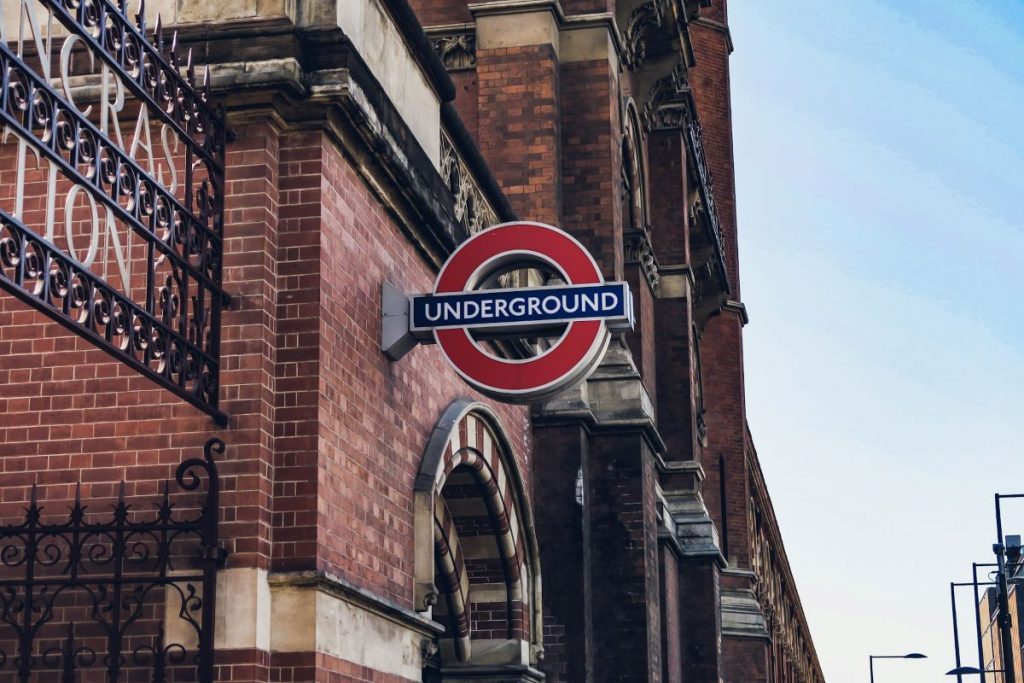
How much does it cost to travel on The Tube?
Unlike the metro systems in, say, New York, Rome, or Prague, where you pay a flat fee for a ticket and can travel as far as you like, the London Underground’s pricing is similar to that of the metro system of Madrid and Paris: the cost of your journey depends on how short or long your journey is.
Zones 1-6
The metro system has zones, with Zone 1 being in the center of London and Zone 6 being on the periphery of the city:
- Going from Leicester Square in central London (zone 1) to Notting Hill Gate (zone 1), for example, is very affordable.
- If you take it one more station, to Holland Park in zone 2, the fare will be slightly higher.
- Going from Leicester Square all the way to Heathrow Airport (zone 6) is going to cost you a bit more.
Fare calculator
Just tap your card at the turnstile and it will open and your journey has begun. You can calculate the cost of your journey here ahead of time with London Underground’s fare calculator.
When you exit the station, be sure to tap your Oyster Card or debit/credit card on the pad at the turnstile so that it can charge your card. If you’re using an Oyster Card and you don’t have enough balance on it when exiting, there are machines nearby to add money to it so you can leave.
Daily fare cap
One of the best features of the Oyster and contactless systems is the daily fare cap. That means once you’ve made enough journeys in a day to reach the maximum fare limit, the rest of your travel that day is free — no matter how many times you hop on and off the Tube, bus, or train. The system automatically calculates the cheapest possible fare, so you’ll never pay more than the equivalent of a day travelcard.
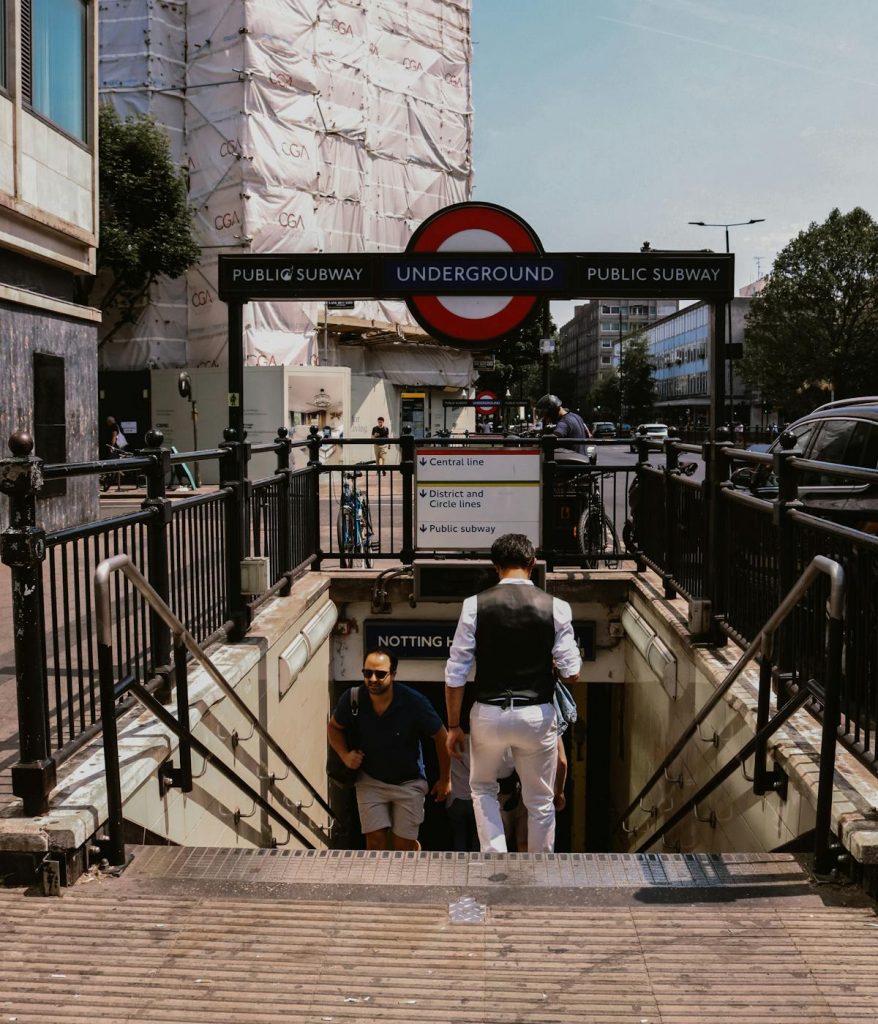
Do´s – when using the London Underground
Do – use a Map app! The best phone app for getting around London (and most other major cities on the planet) is CityMapper. It will give you specific instructions about your journey, including what end of the platform you should stand on so that you can best exit the train.
Do – have your Oyster Card or contactless ready to tap on the turnstile. If you get to the turnstile and have to stop and search for your card, you’re just going to annoy a cranky Londoner and hold up their journey.
Do – stand on the right. If you don´t want to continue walking as you ride on the escalators and want to stand stationary, keep right, if you are walking, keep left. There´s actually a historical reason for this etiquette!
Do – give up your seat. Consider other passengers and offer your seat to old people, pregnant ladies or anyone with reduced or limited mobility. London Underground even issue free “Baby on board” badges for expectant mothers so that they can signal silently to fellow passengers!
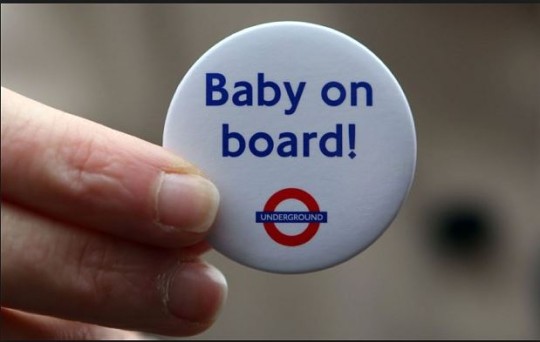
Don´ts – when using the London Underground
Don´t – stand on the left! As we mentioned above, if you’re stationary while ascending or descending on an escalator, stand to the right, so that you allow quick-walking Londoners to traipse up the moving stairs. Standing on the left and blocking the way will really irritate the locals.
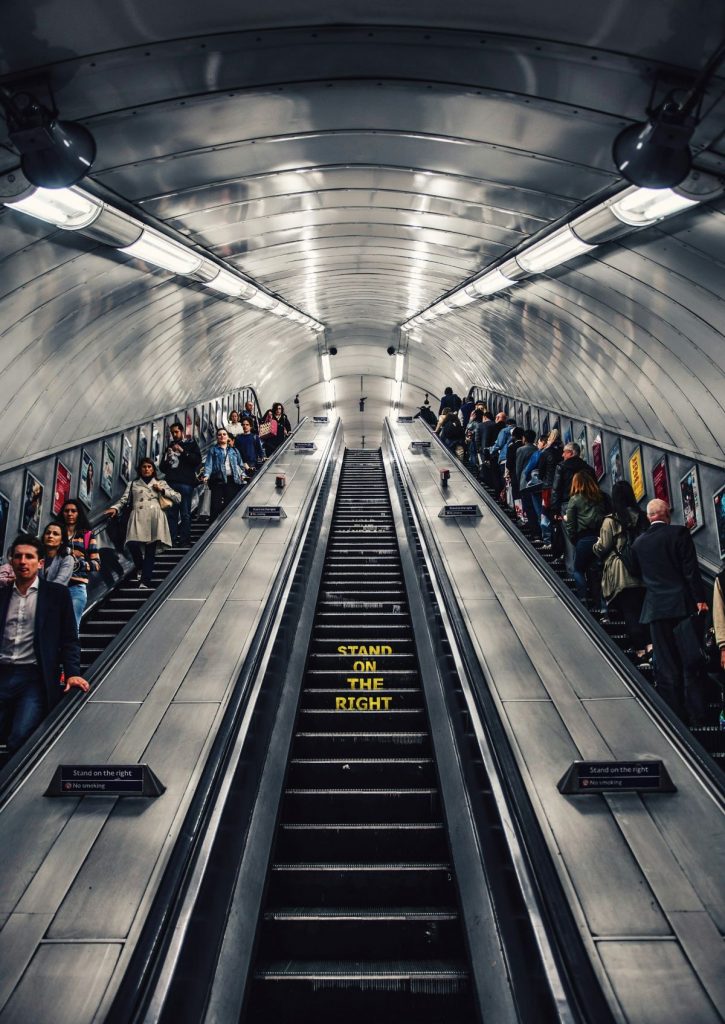
Don´t block the turnstiles. When exiting or entering the station, you don’t need to wait for the turnstile barriers to close after the previous passenger before you can tap your card and pass through. When the person in front of you has tapped their card and passed through, you can tap also and the barrier doors will remain open.
Don’t talk. Londoners avoid chit-chat while on the train. It’s eerily silent but that is the status quo. And don’t even think about randomly talking to strangers. That’s borderline taboo in British society. Joking aside, obviously you can talk to your partner, family or group, but it´s definitely a sign to the locals that you´re not from round here!
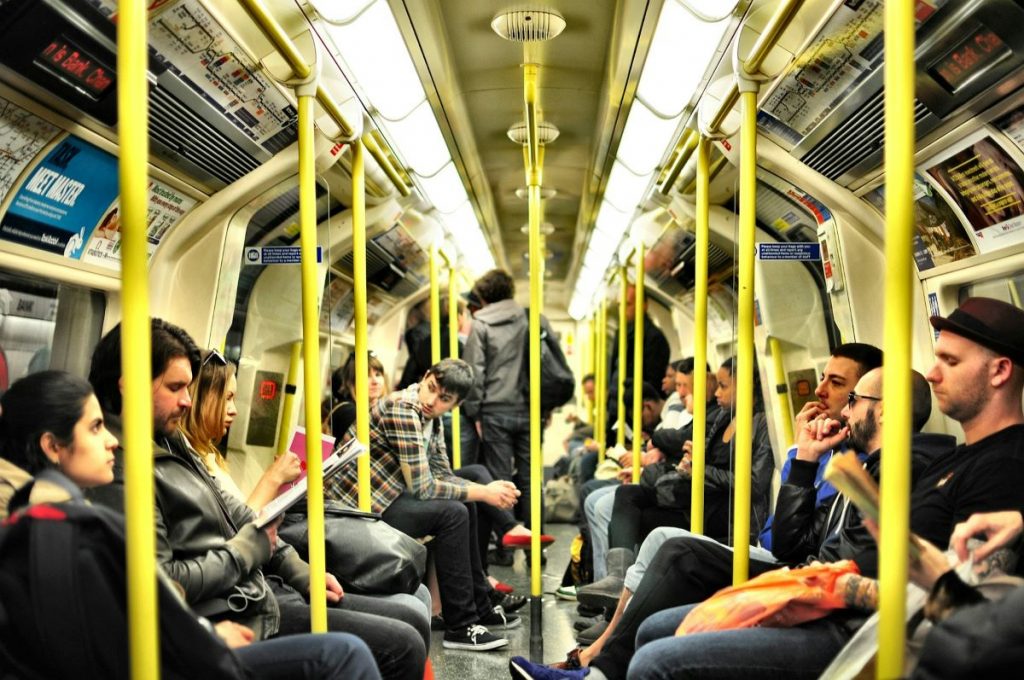
FAQ´s – using the London Underground
What time does the London Underground start and stop running?
Most Tube lines start operating around 5:00 am and close around midnight, Monday to Saturday. On Fridays and Saturdays, several lines run 24 hours as part of the Night Tube, connecting key routes like the Central, Victoria, and Jubilee lines for late-night travel.
Is the London Underground accessible for travelers with luggage or mobility needs?
Accessibility varies. While not every station has step-free access, more than 90 stations are now fully accessible with elevators and ramps. Transport for London’s website and mobile app let you filter routes by “step-free access” to plan ahead.
How safe is the Tube at night?
The London Underground is considered one of the safest public transport systems in the world. Stations are well-lit, equipped with CCTV, and regularly patrolled by staff and British Transport Police. Night Tube services also have additional security and staff presence.
Are there any fun or unusual stations to visit?
Yes! History buffs love Baker Street, one of the oldest stations on the network, while architecture fans often stop at Canary Wharf or Westminster for their striking modern designs. And if you’re a Harry Potter fan, don’t miss King’s Cross St. Pancras, home to Platform 9¾.
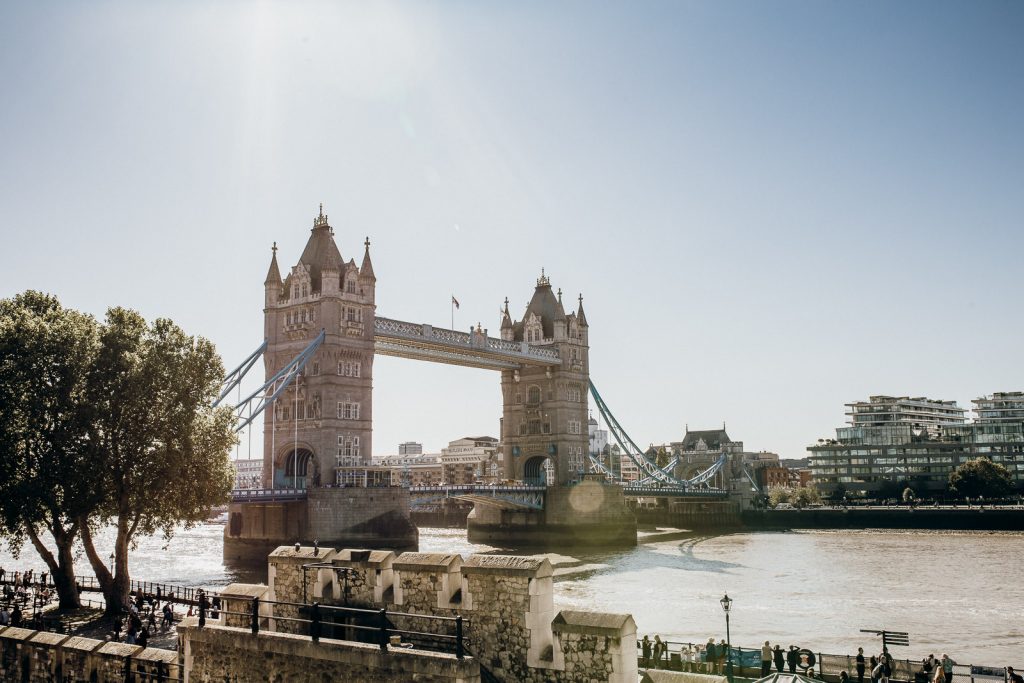
Using the London Underground is a right of passage for any first-time passenger, but if you really want to concentrate on seeing all of London’s top landmarks, why not check out one of our London Walking Tours? From the touring Tower of London to an amazing London Food Tour through Borough Market or Brixton, our knowledgeable local guides will show you all of this city’s best-kept secrets.
